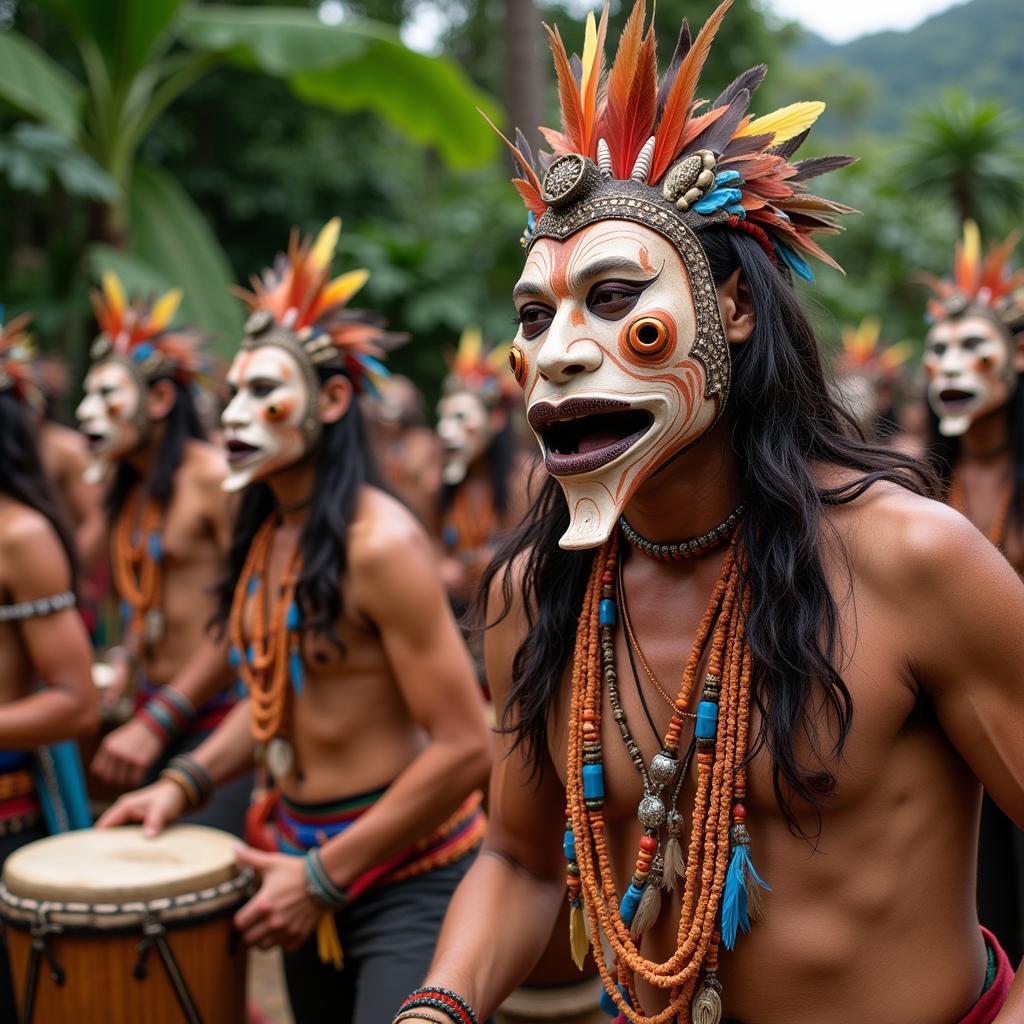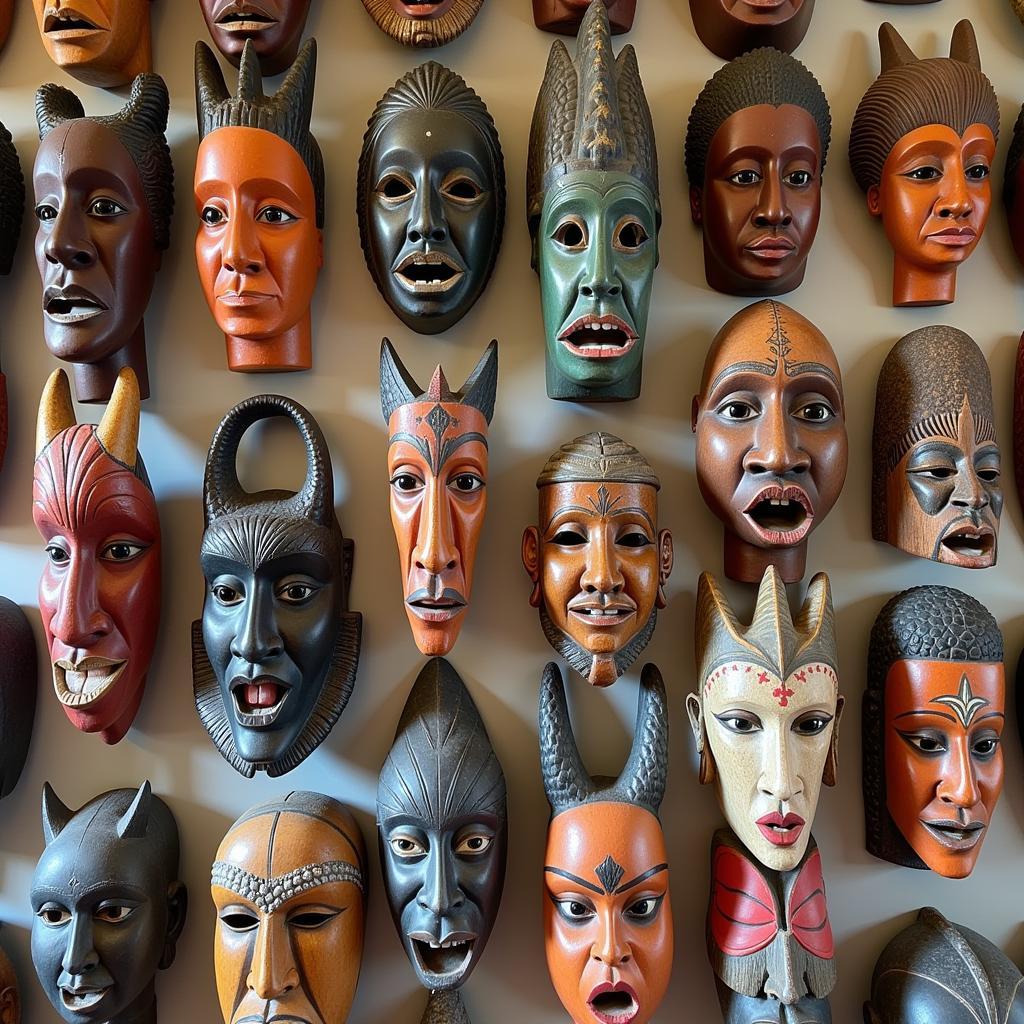The African Drum Djembe: A Rhythmic Journey Through Culture and History
The African drum djembe is more than just an instrument; it’s a heartbeat of the continent, a symbol of unity, and a conduit for storytelling. Its powerful rhythms have echoed through generations, accompanying ceremonies, rituals, and social gatherings, making it an integral part of the African cultural tapestry.
From Humble Origins to Global Icon: The Djembe’s Story
The origins of the djembe can be traced back to the 12th century, amongst the Mande people of West Africa, in present-day Mali. Crafted from a single piece of hardwood and topped with goatskin, the djembe’s simple yet ingenious design allows for a surprising range of tones, from deep bass to sharp slaps.
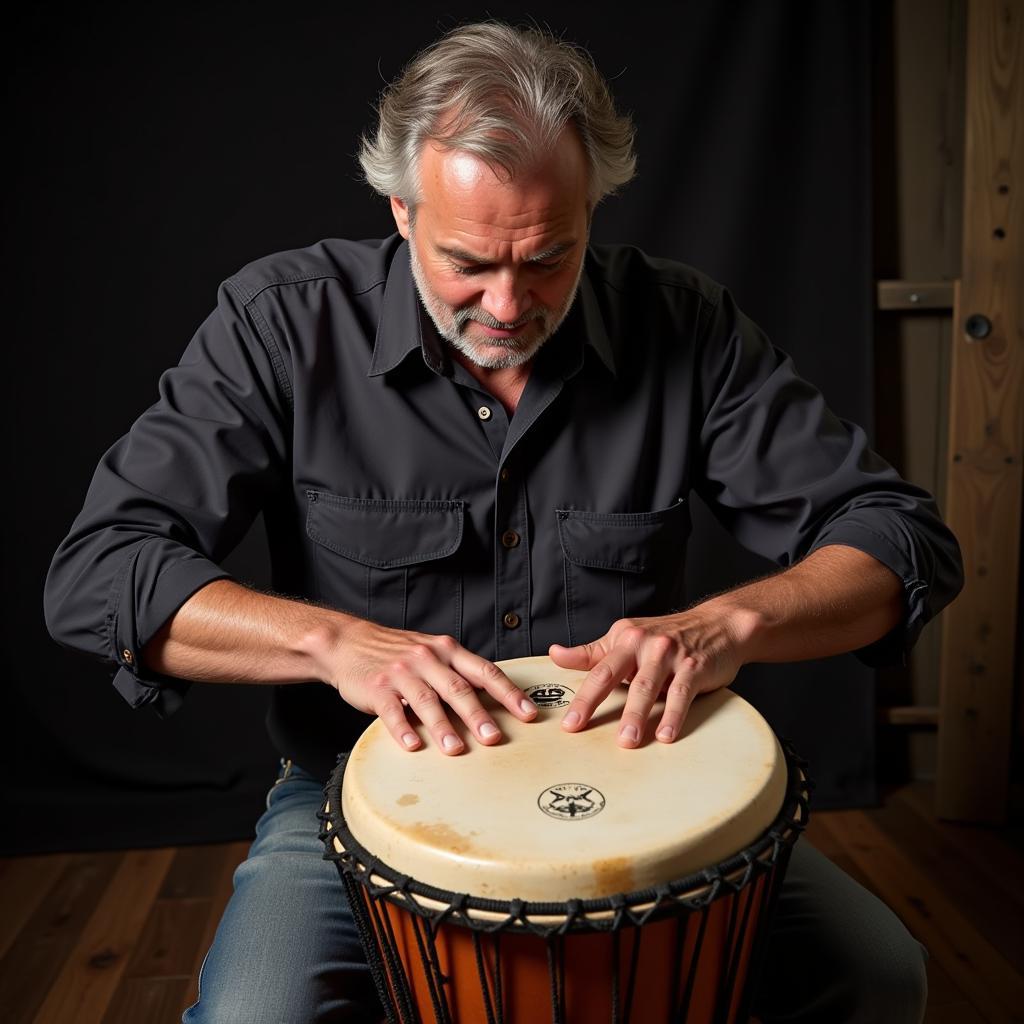 Man playing the djembe
Man playing the djembe
Traditionally, the djembe was played by griots, the oral historians and musicians who held a revered position within their communities. These skilled storytellers used the djembe’s diverse sounds to weave tales of their ancestors, communicate news, and preserve cultural heritage.
Beyond the Beat: Understanding the Djembe’s Cultural Significance
The djembe’s importance extends far beyond its musicality. In many African cultures, the drum is believed to possess a spirit, a living entity that connects the physical and spiritual realms.
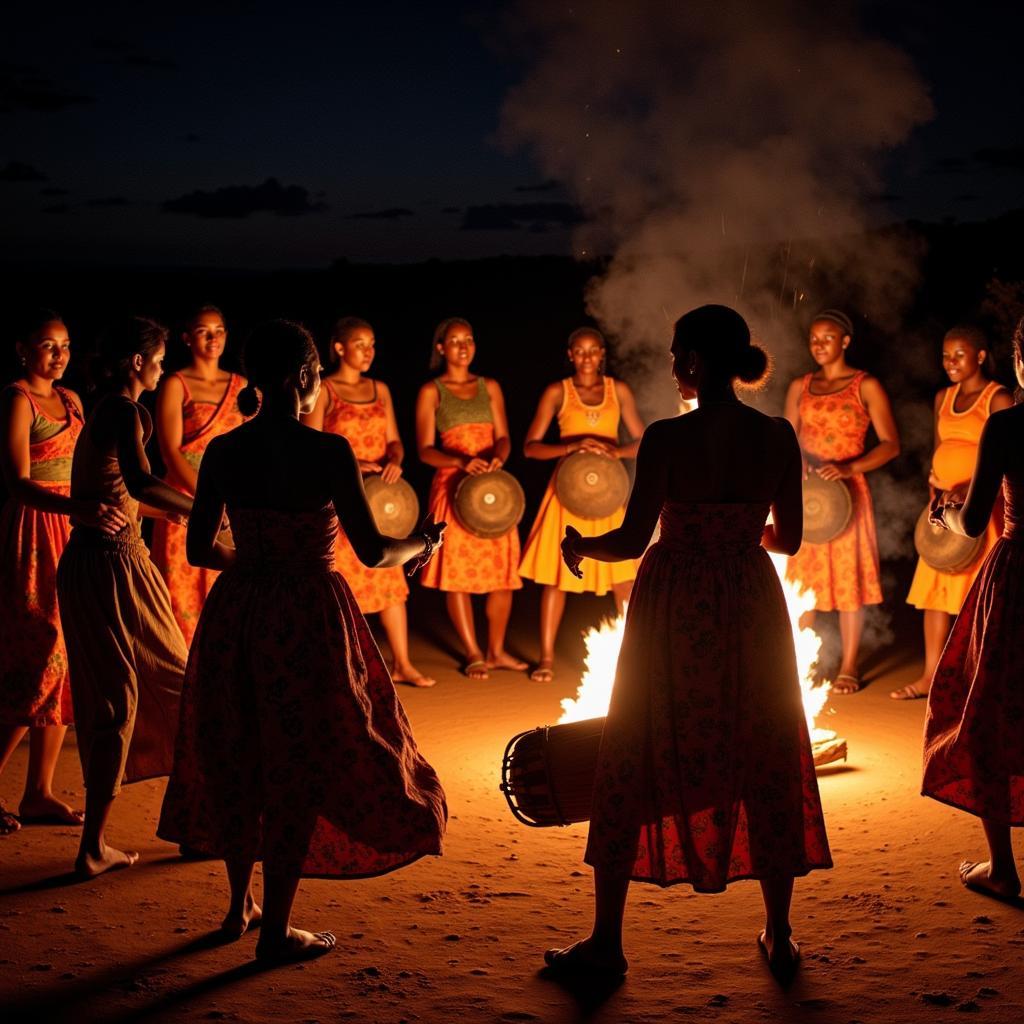 Djembe drum circle at a traditional African ceremony
Djembe drum circle at a traditional African ceremony
“The djembe is not just played; it is felt, it is lived,” says renowned Senegalese djembe master, Abdoulaye Diouf. “It speaks the language of our ancestors, it carries the stories of our people, it connects us to the earth and to each other.”
Exploring the Djembe’s Sounds: From Bass to Slap
The djembe’s sonic versatility stems from its unique construction and the player’s ability to manipulate the skin’s tension. Three primary sounds form the foundation of djembe playing:
- The Bass: A deep, resonant tone produced by striking the center of the drumhead with a flat hand.
- The Tone: A mellow, melodic sound created by striking the edge of the drumhead with the fingertips.
- The Slap: A high-pitched, sharp sound achieved by striking the edge of the drumhead with the flat hand, creating a “slapping” sound.
By combining these three basic sounds, djembe players can create complex rhythms and intricate polyrhythms, layering multiple rhythms simultaneously.
The Djembe Today: A Global Rhythm
The djembe’s infectious rhythms and captivating presence have transcended geographical boundaries, gaining immense popularity worldwide. Today, djembe classes and workshops are flourishing, attracting individuals from all walks of life seeking to connect with its vibrant energy and explore its rhythmic possibilities.
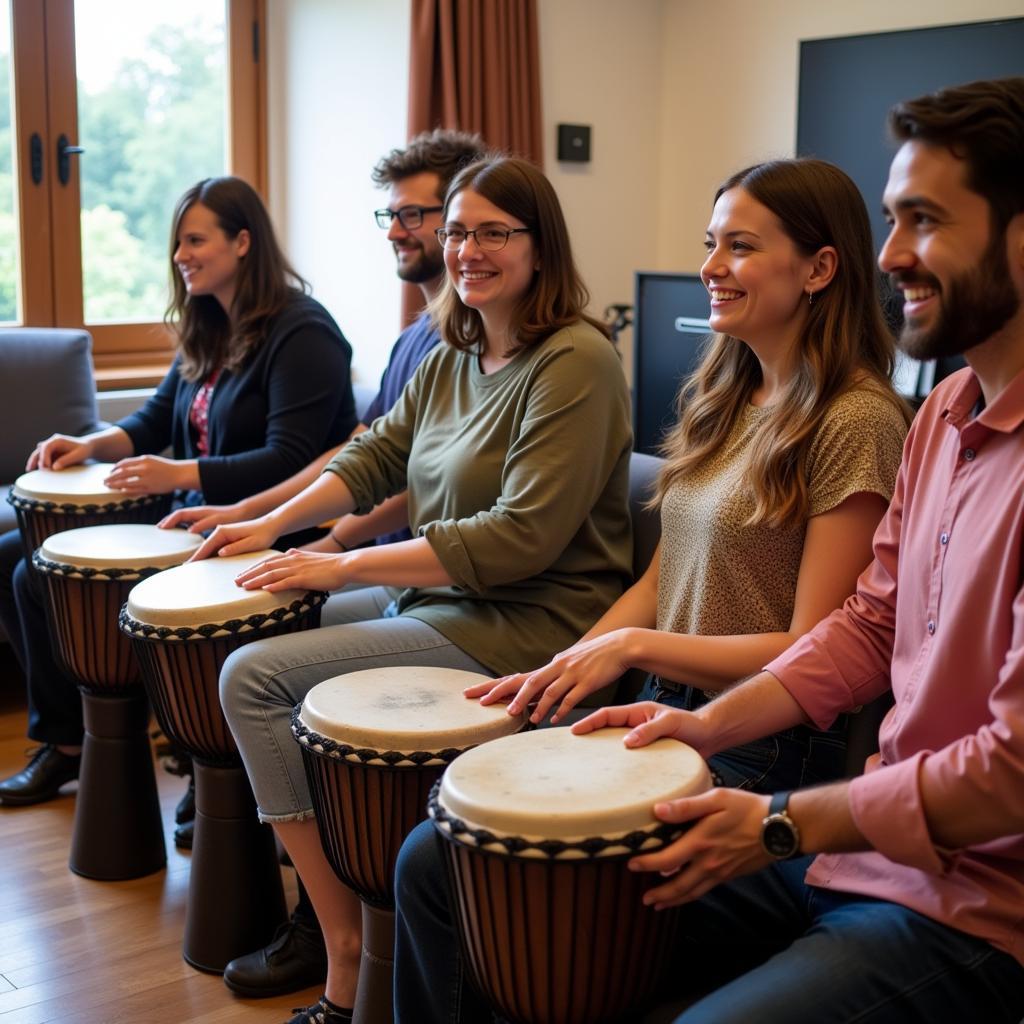 Group djembe lesson with a teacher
Group djembe lesson with a teacher
Whether played in traditional ceremonies in the heart of Africa, modern music studios, or community drum circles across the globe, the African drum djembe continues to captivate, inspire, and connect people through its timeless rhythms and rich cultural heritage.
